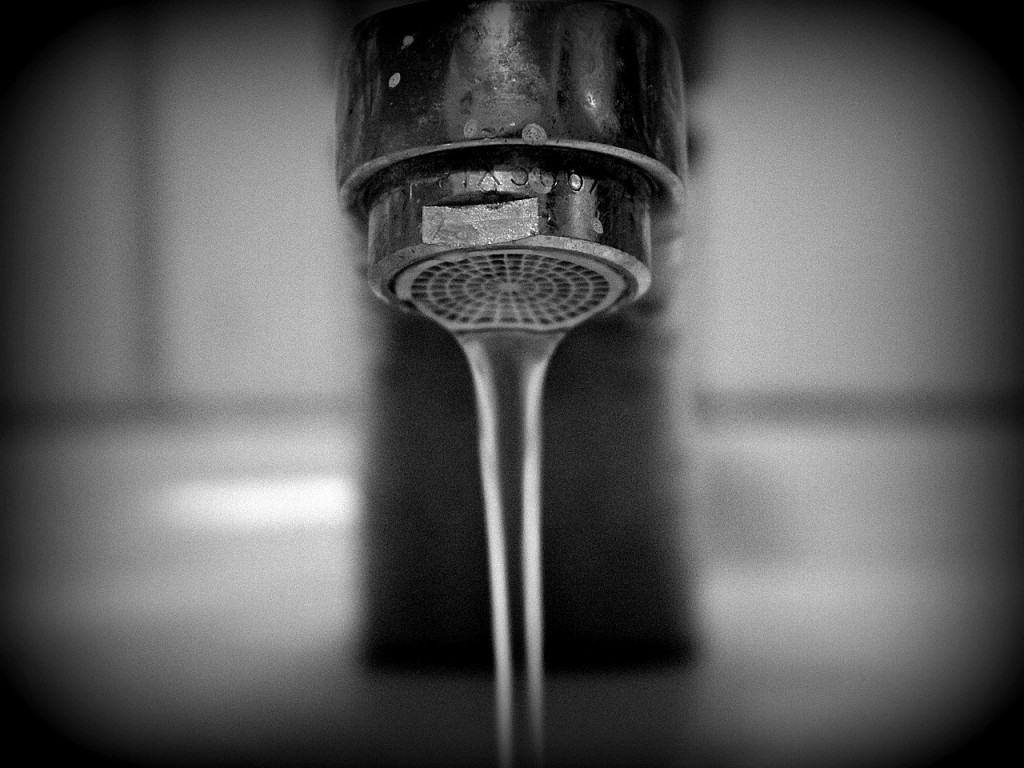
There are both benefits and disadvantages of getting your water from a private well rather than the city’s water supply. On one hand, you have full control over your water pressure and water use, and don’t have to worry about a broken pipe down the street. On the other hand, you are responsible for maintaining the high quality of water in your well, because private water supply doesn’t fall under the jurisdiction of the EPA. As Maryland well water quality experts, we recommend all of our clients to monitor their well water and take prompt action if something seems off.
Signs of Well Contamination
If you use your well water for drinking, cooking or showering, which most of us do, be on alert for the following signs of well contamination:
- Unusual odor, such as smell of gasoline or rotten egg smell
- Unpleasant taste, whether it is salty, metallic or anything else
- Cloudy or murky appearance
- Stains on plumbing fixtures or washed laundry
- Upset stomach and other digestive issues
- Blue baby syndrome
Not all of these signs necessarily mean that your well water poses a health risk. However, any of them should prompt you to perform a water quality test to make sure your well water is safe to use.
Testing Your Well Water
Your well water was tested when you purchased the house or when the well was drilled, whichever occurred first. But a lot could have changed since then. It’s best to get your well water tested for chemical makeup and quality at least once year. It’s as easy as calling your local Maryland water quality experts and submitting a sample. In addition to the annual testing, be sure to test after any of the following events:
- After major plumbing repairs, especially well pump repairs
- After you’ve been away and haven’t used the well in weeks
- After flooding
Common Well Water Contaminants
Wells that are shallow and/or old are especially prone to letting through the following contaminates.
Bacteria, Viruses and Protozoa
There is plenty of bacteria on the ground from animal feces, decomposing carcasses and many other sources. These bacteria can survive in the surface water, and if your well is shallow, improperly constructed or has cracks, the pathogens can seep into your well. You are probably familiar wirh E.coli, a common type of bacteria that is likely to cause disease. Sewer overflows and septic system failures are often behind well contamination with E.coli.
Naturally Occurring Substances
There are certain chemicals and minerals that are naturally present in the ground water. Their makeup in your drinking water is usually minimal and doesn’t affect water quality. However, certain events, such as soil erosion, may lead to higher concentrations of these substances, which may cause a problem. These minerals and chemicals include lead and arsenic, radon, iron, etc.
Pesticides and Fertilizers
If you live close to farm land, you may have a problem with fertilizers, pesticides and biosolids leaking into your well water. This leads to high nitrate and pesticide levels, as well as traces of gasoline, phenol and selenium.
If you are concerned about your well water quality, don’t delay the water quality test. Once you get the results back, we can help you choose the best water treatment system to help eliminate the unwanted contaminants and ensure that your water is safe to use.
